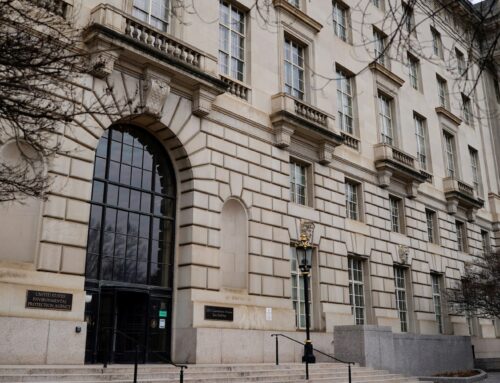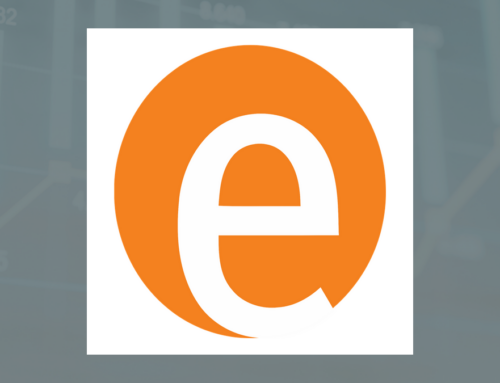Vitalik pitches Ethereum bulls on ’100x’ upgrade to blockchain’s execution layer
June 13, 2025
- Buterin again suggested swapping out Ethereum’s EVM.
- Switching to RISC-V offers of several advantages.
- The Ethereum co-founder called it an ‘important unlock.’
On Friday, Ethereum wunderkind Vitalik Buterin pitched a captive audience on an ambitious upgrade to the $305 billion blockchain network.
The plan?
Transition away from the Ethereum Virtual Machine — the decade-old network’s mechanism for executing transactions — to RISC-V, a more dynamic system that should bestow on Ethereum a whole host of advantages, Buterin said.
RISC-V, pronounced “risk five,” is an open-source interface that allows computer software to communicate with its hardware.
100x boost
On stage at Protocol Berg, one of tens of industry events during the two-week-long Berlin Blockchain Week, Buterin said that with RISC-V, the network will be better optimised for zero-knowledge cryptography, appeal to developers from other ecosystems, and, crucially, improve efficiency for Ethereum.
“I have seen numbers that this would get you [a] 100x increase in the amount of execution that can happen,” he said, referring to how much data the network can process.
The natural consequence for end users making simple swaps on Uniswap or opening a new vault on Morpho is super cheap costs.
Scaling Ethereum
Scaling Ethereum has long been a point of contention. Perhaps now more than ever.
Buterin first pitched the switch to RISC-V in April as part of the Ethereum community’s broader push to scale its base network.
As Ether’s price lagged earlier this year, critics railed against the Ethereum Foundation’s decision to follow a developer roadmap that put layer 2 networks, such as Coinbase’s Base network and Arbitrum, at the centre of Ethereum’s scaling efforts.
Instead of executing all transactions on Ethereum, the design offloads swaps and trades to these secondary networks.
After a period of time, proof of all the transactions on layer 2s is sent to Ethereum to be finalised.
Critics argued that too little activity — and thus fees — trickled down to Ethereum, which prevented value accrual to its token.
In other words, it hurt Ethereum’s bottom line.
But Buterin’s proposal isn’t simply about boosting Ethereum’s price.
Instead, Peter Kalambet, head of protocol engineering at Chainsafe, the crypto infrastructure firm, said the move will also make Ethereum far more robust as a network.
“Everybody in the blockchain world knows Solidity or Python,” he told DL News, referring to the programming languages used to build smart contracts. “But what if you can start building smart contracts in more convenient languages that every developer out there knows?”
“From the perspective of longevity, sustainability and the proper future of Ethereum, this is the right move we need.”
‘Important unlock’
But Ethereum’s faithful may have to wait a while before Buterin’s proposal can be made a reality.
The move hasn’t yet been approved in any new Ethereum proposals.
Buterin estimates it will take another 18 months to prepare, adding that such a dramatic leap shouldn’t be taken until all other shorter-term optimisations have been taken.
But that doesn’t mean it’s a low priority, either.
“It’s going to be really important to unlock if we want to unlock the next step in Ethereum scaling and the next step in Ethereum developer friendliness,” Buterin said.
Liam Kelly is DL News’ Berlin-based DeFi correspondent. Have a tip? Get in touch at liam@dlnews.com.
Related Topics
Search
RECENT PRESS RELEASES
Related Post




